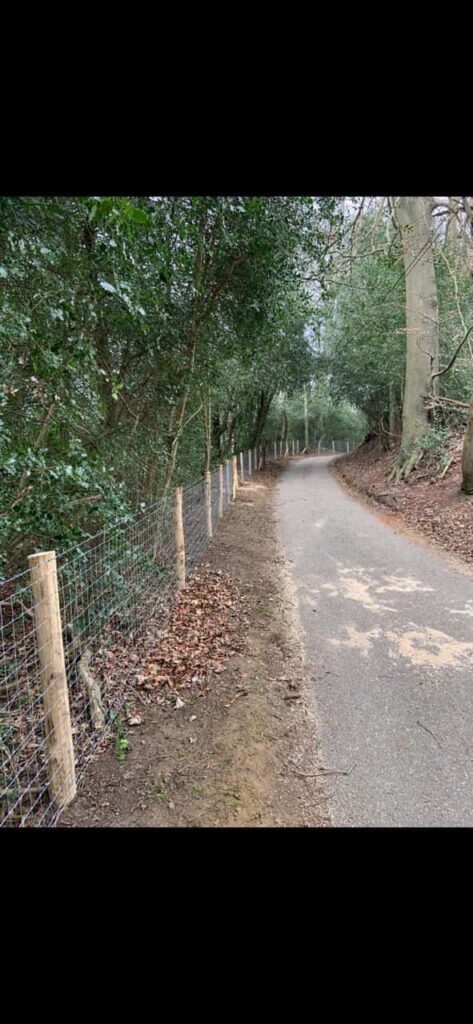Protecting Your Wood Fence Panels from Termites and Pests
Introduction: Wooden fences are a beautiful addition to any property, providing charm, privacy, and natural aesthetics. However, wood is susceptible to pests, including termites and other wood-destroying insects. To ensure the longevity of your wood fence panels, it’s crucial to take proactive measures to protect them from these threats. This blog post will explore effective strategies for safeguarding your wooden fence against termites and other pests.
- Choose Termite-Resistant Wood
When installing a wooden fence, opt for wood species naturally resistant to termites and decay. Some of the best choices for termite-resistant wood include:
- Cedar: Known for its natural oils and resins that deter pests.
- Redwood: Contains natural tannins that resist decay and insects.
- Pressure-Treated Pine: Treated with chemicals that make it less appealing to termites and rot.
Choosing the right type of wood is an essential first step in protecting your fence from pests.
- Regular Inspection
Frequent inspections are key to catching termite infestations and other pest issues early. Regularly examine your wood fence panels for signs of damage, including:
- Small holes or tunnels in the wood.
- Discarded wings (termites shed their wings after swarming).
- Accumulations of frass (termite droppings).
- Weakened or brittle wood.
Early detection can prevent extensive damage and costly repairs down the road.
- Maintain Proper Distance
To prevent termite infestations, it’s crucial to maintain a proper distance between your wood fence and your home’s foundation. Ensure there is at least a 12-inch gap between the fence and any wooden structure, such as your house, shed, or garage. Termites often tunnel from fences into nearby wooden buildings, so this gap helps create a barrier.
- Keep Soil and Mulch Away
Avoid piling soil or mulch against your wood fence panels. Termites are attracted to moisture, and mulch and soil can provide an ideal environment for them to thrive. Ensure the fence is exposed to air, reducing the risk of termite infestations.
- Apply Wood Preservatives
Wood preservatives, such as borate-based treatments, can be applied to your wood fence panels to deter termites and other wood-destroying insects. These treatments create a protective barrier that makes the wood less appetising to pests.
- Regular Maintenance
Maintaining your fence is vital for preventing pest infestations. Keep your fence in good condition by:
- Sealing any cracks or holes in the wood with caulk or putty.
- Replacing damaged or rotted wood promptly.
- Repainting or staining your fence regularly to provide an extra layer of protection.
- Professional Pest Control
If you suspect or detect a pest infestation on your wood fence panels, it’s essential to seek professional pest control services immediately. Pest control experts can assess the extent of the infestation and implement effective treatment methods to eradicate the pests.
Conclusion: Protecting your wood fence panels from termites and pests requires a combination of preventive measures and regular maintenance. By choosing termite-resistant wood, conducting frequent inspections, and applying wood preservatives, you can enjoy the beauty and functionality of your wooden fence for years to come. Remember that early detection and prompt action are your best allies in preventing extensive damage from wood-destroying insects.
Call us on: 01634 564 194
Click here to find out more about Fast Fix Fencing Gillingham
Click here to complete our contact form and see how we can help with your fencing needs.

